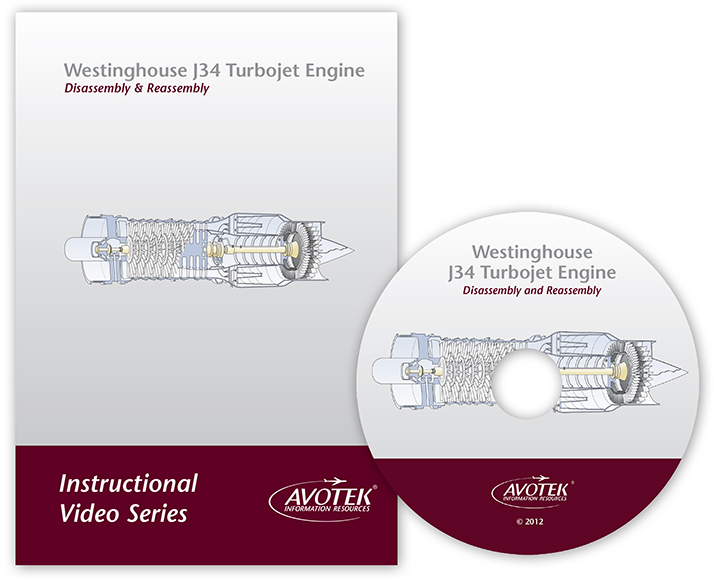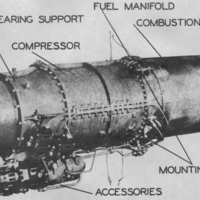

The second (XF-90A) had afterburners installed which had been tested on an F-80 testbed. The first XF-90 used non-afterburning J34s, but these lacked the thrust for takeoff as rocket-assisted RATO were required for most of the first flights unless it carried a very low fuel load. These innovations resulted in an aircraft with an empty weight more than 50% heavier than its competitors. The use of 75ST aluminum rather than the then-standard 24ST aluminum alloy, along with heavy forgings and machined parts, resulted in a well-constructed, sturdy airframe. The internal fuel was supplemented by wingtip-mounted tanks, bringing total fuel capacity to 1,665 gal (6,308 l). Proposed armament was six 20 mm (.79 in) cannons. The pressurized cockpit was fitted with an ejection seat and a bubble canopy.

The wings had leading edge slats, Fowler flaps, and ailerons on the trailing edge. The final design embodied much of the experience and shared the intake and low-wing layout of the previous P-80 Shooting Star, but with 35° swept-back wings, a sharply-pointed nose, and two Westinghouse J34-WE-11 axial-flow turbojet engines, providing a total thrust of 6,200 lbf (27.6 kN), mounted side-by-side in the rear fuselage and fed by side-mounted air intakes. After data showed that a delta planform would not be suitable, the Lockheed Model 90 was built in 1947 as a mock-up. Further design refinements included using two Westinghouse J34 engines with afterburners. In response to a 1945 Army request for an advanced jet fighter, Lockheed proposed a jet powered initially by a Lockheed L-1000 axial flow turbojet, and then the General Electric J35. Embodying the experience gained in developing the P-80 Shooting Star, the XF-90 shared some design traits with the older Lockheed fighter, albeit with swept-wings however, this latter design choice could not sufficiently make up for the project’s underpowered engines, and the XF-90 never entered production. Developmental and political difficulties delayed the first flight until 3 June 1949, with Chief Test Pilot Tony LeVier at the controls. Two prototypes were built ( s/n 46-687 and -688). The design was developed by Willis Hawkins and the Skunk Works team under Kelly Johnson. Lockheed received a contract for two prototype XP-90s (redesignated XF-90 in 1948).

The same requirement produced the McDonnell XF-88 Voodoo. The Lockheed XF-90 was built in response to a United States Air Force requirement for a long-range penetration fighter and bomber escort.


 0 kommentar(er)
0 kommentar(er)
